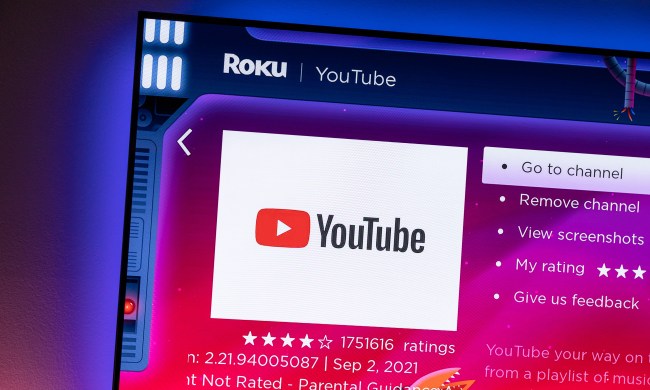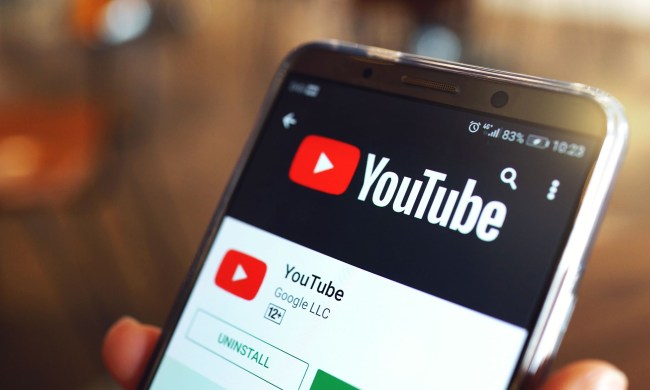YouTube is bringing fact-checking panels to the United States as part of its efforts to crack down on misinformation — especially in regard to the coronavirus — the company announced on Tuesday, April 28.
The panels were originally rolled out last year in Brazil and India.
“Our fact-check information panels provide fresh context in these situations by highlighting relevant third-party, fact-checked articles above search results for relevant queries,” the company said, “so that our viewers can make their own informed decision about claims made in the news.”
The panels draw on a number of third-party publishers — YouTube says there are currently more than a dozen — including The Dispatch, FactCheck.org, PolitiFact, and The Washington Post Fact Checker.
If a user searches for a specific term, and one of these publishers has a fact-check article relevant to that concept, the user will see a fact-check message at the top of their search results.
“For example, if someone searches for ‘did a tornado hit Los Angeles,’ they might see a relevant fact-check article, but if they search for a more general query like ‘tornado,’ they may not,” the company explained.
Tech companies and social media sites have been cracking down on false conspiracies and misinformation since the coronavirus pandemic began. Earlier this month, YouTube began pulling down videos that linked 5G coverage with the coronavirus — one of many conspiracy theories surrounding the rollout of 5G — after some people began setting 5G towers on fire in the U.K.


